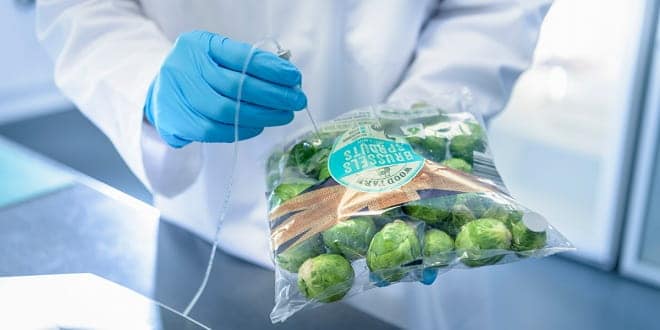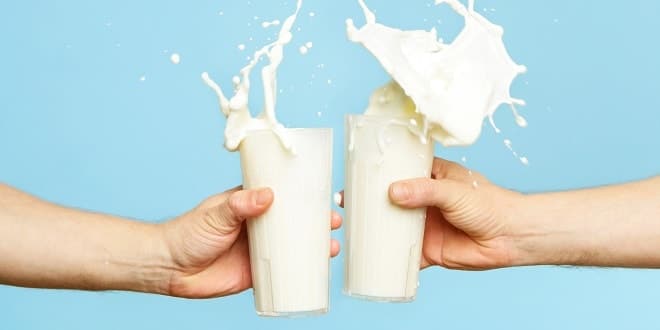Shelf Life of Food
SHELF LIFE OF FOOD
Shelf-life
• Time during which the food product will: remain safe; retain desired sensory, chemical, physical and microbiological characteristics; comply with any label declaration of nutritional data, when stored under the recommended conditions
• It begins from the time the food is finished processing and packaged.
Factors Affecting Shelf life
Intrinsic Factors Extrinsic Factors
Water Activity Time–temperature profile during processing; pressure in the headspace
pH Temperature control during storage
Redox potential (Eh) Relative humidity (RH)
Available oxygen Exposure to light (UV and IR)
Nutrients Environmental microbial counts during
Natural microflora and surviving microbiological counts Composition of atmosphere within packaging.
Use of preservatives in product formulation Subsequent heat treatment
Shelf life indication on food
• Use by date – foods that have a use by date are generally regarded as unsafe to eat after the designated date because a build-up of bad bacteria may have occurred – even if the food in question still looks and smells good enough to consume.
• It is about safety
• Best Before – It signifies that although the date on the package may have passed, the product is still safe to consume on the proviso the item has been stored according to instructions, while still generally maintaining its colour, texture and flavour.
• It is about quality of food.
Methods
1. Accelerated shelf-life testing – The food product is conditioned and stored at elevated temperature and/or humidity and the quality changes of the product are evaluated at a specific sampling rate.
• It can be two to four times faster than the real shelf life study.
…



